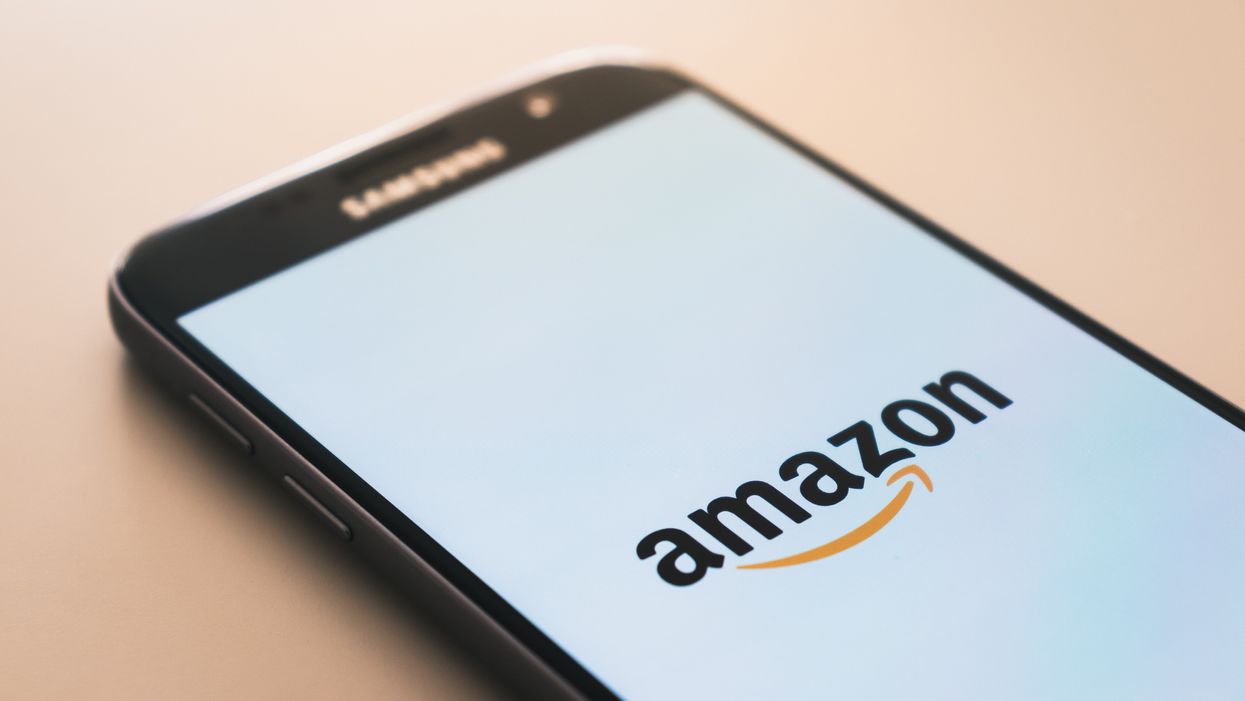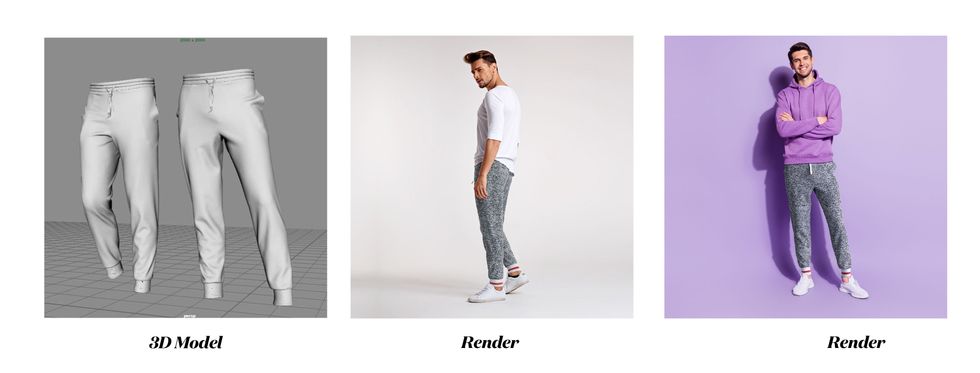Operations
18 January 2023
Amazon changes storage limits, provides forecasting for FBA sellers
Sellers can also request more space. The changes go into effect March 1.

Photo by Christian Wiediger on Unsplash
Sellers can also request more space. The changes go into effect March 1.

Amazon said it is making improvements to help sellers who use its fulfillment network to better plan and manage inventory.
The news: Amazon unveiled a new capacity management system for sellers who use Fulfillment by Amazon (FBA), with changes effective March 1.
Key quote: “Sellers told us they need more capacity, more predictability, and more control over their inventory. Our teams have been hard at work to create a streamlined system that offers new capacity management tools and resources to better empower sellers and help them grow,” Amazon VP of Selling Partner Services Dharmesh Mehta said in a blog post.
How does it work? Amazon outlined four key features of the new program:
A single, month-long FBA capacity limit: FBA is moving to a single monthly limit that will determine how much inventory sellers can send and store. Capacity limits for the upcoming month will be announced in the third full week of each month via the Capacity Monitor in Seller Central. With this, Amazon is moving away from weekly restock limits, which can make planning for production and manufacturing difficult. It also has two different sets of limits, including storage limits and restock limits. Now, Amazon said most sellers will have access to larger capacity volumes.
Estimated capacity limits for three months in advance: Along with the monthly limit, FBA will also provide estimated limits for the following two months, including space and labor that is required. FBA said this is a forecast, and could vary based on the Inventory Performance Index (IPI) score.
Request a higher limit: Sellers can now request a higher capacity limit based on a reservation fee that they specify. Amazon said that requests will be “granted objectively,” starting with the highest reservation fee per cubic foot. Amazon has a way that sellers can recoup costs of this additional space: When the additional capacity is granted, fees are offset by earning performance credits from sales that are generated using the extra capacity. The credit is 15-cents for every dollar sold, and can recoup up to 100% of the fee. Amazon has already piloted this with some U.S. sellers, and is now expanding it. “Our goal is to provide sellers with more control over how much space they can have while limiting unproductive use,” the company wrote.
Volume-based capacity limits: Amazon is also changing how it measures inventory space. Now, inventory usage and capacity limits will be measured in cubic feet, as opposed to number of units. While units will also be shown as most sellers prefer, Amazon said the volume measure is a better representation of space that is taken up in Amazon’s fulfillment centers and vehicles. Overage fees will still apply if a seller goes over the limit.
What it says about FBA:
Inventory has been a key issue for brands and sellers over the last three years. First, the pandemic spiked demand for certain categories of goods. Then, that flooded the system, and supply chain bottlenecks gave way to a glut of inventory that was in some cases mismatched to demand when items finally arrived. Within the FBA program, Amazon’s limits on restock and capacity were another area to navigate that had the potential to cut into sales opportunities.
For sellers, the new system announced this week opens up the potential to access more space for inventory. It also helps them plan through forecasting estimates, and make adjustments through additional capacity requests that can be offset.
Capacity has been a continuous topic in Amazon’s logistics network. Last year, officials said the company overbuilt during the pandemic, and has since scaled back its warehouse footprint. But it also continues to ramp up availability of space that is still online for FBA merchants. This year, it is expected to expand a new program called Amazon Warehousing and Distribution (AWD), a “supply chain as a service” offering the provides upstream bulk inventory storage to sellers. This month, it is also allowing any U.S. merchant to use Buy With Prime, which taps the company’s logistics network by allowing Prime shipping to be made available through checkout on websites beyond Amazon.com.
For Amazon, opening up more space for sellers can help to fill a vastly expanded network that is still growing into itself. The company is also keen to continue to provide services to third-party sellers, which now account for about 60% of ecommerce sales through the site. Over the holiday season, U.S. sellers sold nearly half a billion items, according to Amazon. A better experience and more capacity will only encourage sellers to do more with Amazon.
One to watch: The ability to request a higher limit. Marketplace Pulse likened this to an auction, with the requests amounting to a bid for more space. Uber and AWS use similar strategies to balance supply and demand, Marketplace Pulse's Juozas Kaziukėnas wrote. “Here, Amazon will charge more because it itself restricts supply by imposing inventory limits. Albeit, Amazon’s spokesperson said that to date, the vast majority of sellers have had their total reservation fee reimbursed,” Marketplace Pulse writes. Essentially, sellers won't have to pay for the extra space, as long as they sell through their inventory. So Amazon is creating an incentive structure. How will this be received by sellers?
FBA overhaul: This is the latest in a series of changes made by Amazon to the FBA program, including a new workflow for replenishing inventory and new storage classifications including extra large and a wider small and light program. Amazon also raised fees for fulfillment in 2023, effectively making an inflation surcharge instituted in April permanent.
Amazon partnered with Hexa to provide access to a platform that creates lifelike digital images.
A 3D rendering of a toaster from Hexa and Amazon. (Courtesy photo)
Amazon sellers will be able to offer a variety of 3D visualizations on product pages through a new set of immersive tools that are debuting on Tuesday.
Through an expanded partnership with Hexa, Amazon is providing access to a workflow that allows sellers to create 3D assets and display the following:
Selllers don't need prior experience with 3D or virtual reality to use the system, according to Hexa. Amazon selling partners can upload their Amazon Standard Identification Number (ASIN) into Hexa’s content management system. Then, the system will automatically convert an image into a 3D model with AR compatibility. Amazon can then animate the images with 360-degree viewing and augmented reality, which renders digital imagery over a physical space.
Hexa’s platform uses AI to create digital twins of physical objects, including consumer goods. Over the last 24 months, Hexa worked alongside the spatial computing team at Amazon Web Services (AWS) and the imaging team at Amazon.com to build the infrastructure that provides 3D assets for the thousands of sellers that work with Amazon.
“Working with Amazon has opened up a whole new distribution channel for our partners,” said Gavin Goodvach, Hexa’s Vice President of Partnerships.
Hexa’s platform is designed to create lifelike renderings that can explored in 3D, or overlaid into photos of the physical world. It allows assets from any category to be created, ranging from furniture to jewelry to apparel.

The result is a system that allows sellers to provide a new level of personalization, said Hexa CEO Yehiel Atias. Consumers will have new opportunity see a product in a space, or what it looks like on their person.
Additionally, merchants can leverage these tools to optimize the entire funnel of a purchase. Advanced imagery allows more people to view and engage with a product during the initial shopping experience. Following the purchase, consumers who have gotten a better look at a product from all angles will be more likely to have confidence that the product matches their needs. In turn, this can reduce return rates.
While Amazon has previously introduced virtual try-on and augmented reality tools, this partnership aims to expand these capabilities beyond the name brands that often have 1P relationships with Amazon. Third-party sellers are an increasingly formidable segment of Amazon’s business, as they account for 60% of sales on the marketplace. Now, these sellers are being equipped with tools that enhance the shopping experience for everyone.
A video displaying the new capabilities is below. Amazon sellers can learn more about the platform here.
Hexa & Amazon - 3D Production Powerhousewww.youtube.com